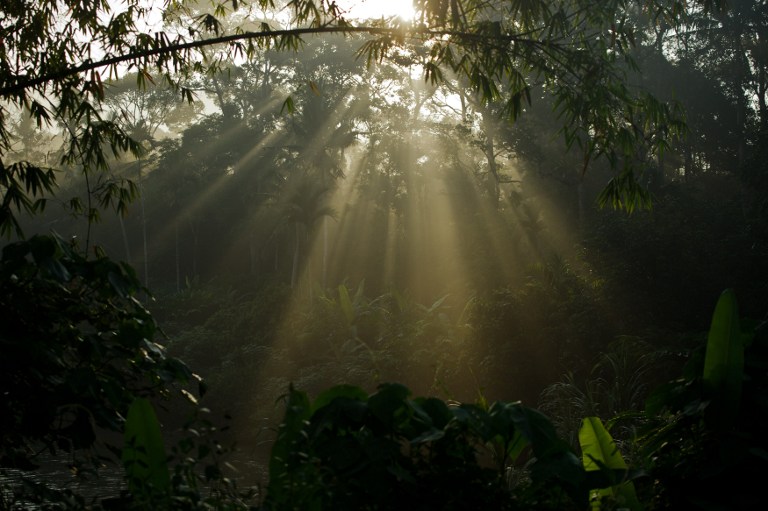BANGKOK, June 18 — Sprawling urban areas and expanding plantations are placing greater pressure on forests and resources in Asia-Pacific, hurting rural communities and exacerbating the effects of climate change, the United Nations food agency said today.
The region has the world’s lowest per capita forest area of 19 per cent compared to the global average of 32 per cent, even as the total forest area increased by nearly 18 million hectares (44 million acres) between 1990 and 2015, a report by the Food and Agriculture Organisation (FAO) said.
While some Asian countries have introduced policies to conserve forests and give more rights to indigenous people, the area of planted forest nearly doubled between 1990 and 2015 at the expense of more critical primary forests, it said.
“We are worried about the lack of forest quality in our region — as primary forests are rich in biodiversity — and once that’s gone it’s gone,” said Kundhavi Kadiresan, FAO assistant director-general and regional representative in Bangkok.
“Unfortunately, conservation of forests in one country often just shifts deforestation to another,” she said.
Forests have been recognised as key to climate-change mitigation and adaptation, yet expanding populations and increasing demand for minerals and other resources are placing greater stress on them, according to conservationists.
Governments control more than two-thirds of global forest area, much of which is claimed by local communities, according to advocacy group Rights and Resources Initiative.
This has led to greater conflicts pitting smallholder farmers and villagers against governments and industry.
Global demand for commodities like rubber and palm oil have driven changes in land use, especially in countries such as Indonesia and Papua New Guinea, where governments have granted businesses leases and land concessions to boost their economies.
The area of planted forests, which included plantations, almost doubled in the region between 1990 and 2015, and made up 17per cent of total forest area, compared to the global average of 7per cent, according to the FAO.
Meanwhile, the area designated for or owned by indigenous people and local communities grew by about 17 million hectares between 2002 and 2017, the FAO said.
“Nevertheless, conflicts related to protected areas, land-grabbing, tenure and benefit sharing, are prevalent in the region and may be exacerbated by climate change,” it said.
Advanced technologies such as satellite imagery, remote sensing, artificial intelligence and robotics are helping governments improve forest monitoring and management, and protecting rural communities, the FAO added.
India’s Forest Rights Act, Indonesia’s Social Forestry Programme and Cambodia’s social land concessions are examples of legislation that have tried to restore rights to communities.
“Governments have recognised the role of people in forest landscapes, and a few have accepted stronger civil society and community-based organisations,” said David Ganz, executive director of advocacy group The Centre for People and Forests (RECOFTC).
“But many others are tightening their control. This is diluting social and environmental safeguards, and could change forest landscapes irretrievably,” he told the Thomson Reuters Foundation. — Thomson Reuters Foundation






















